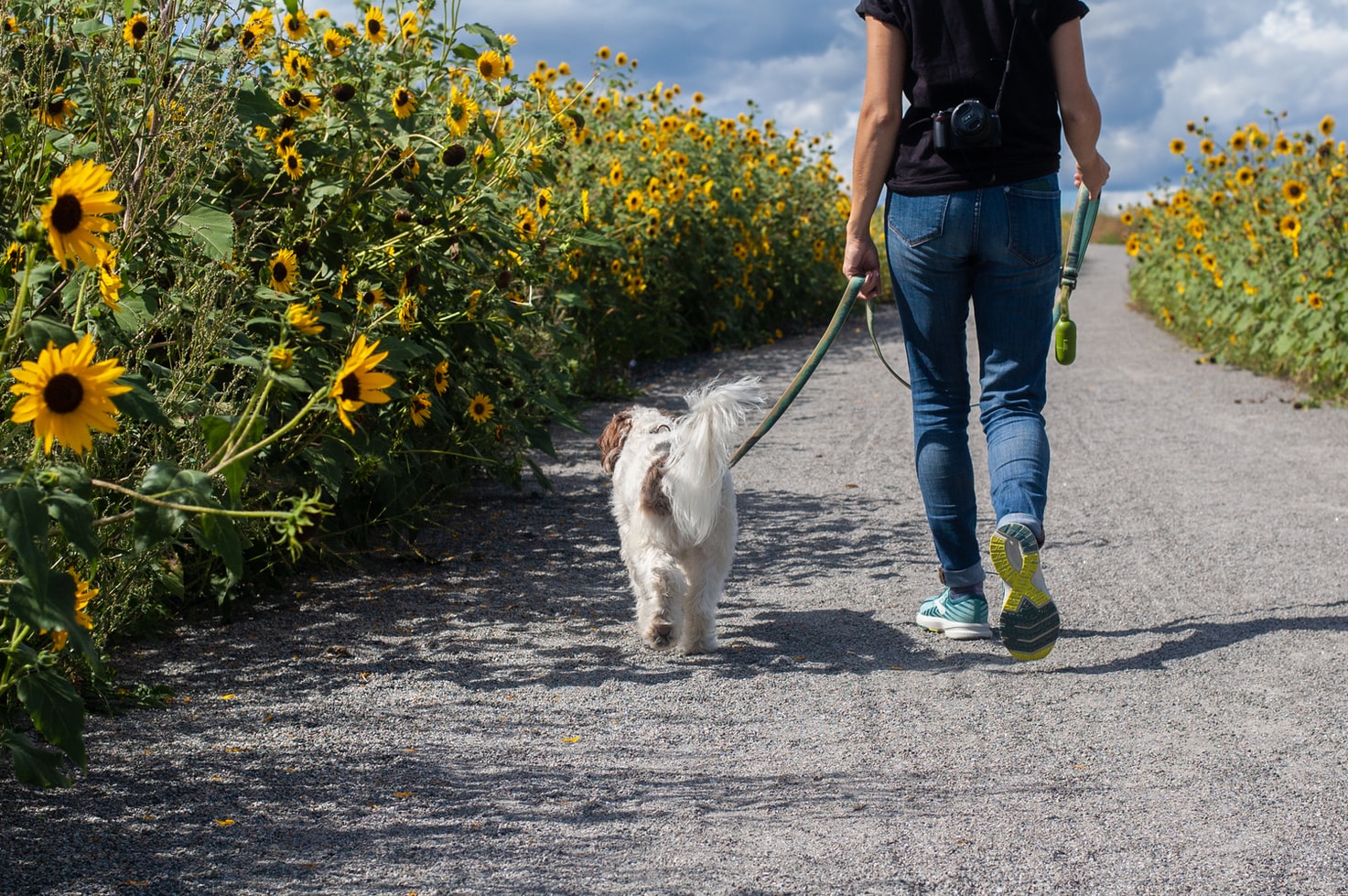
Hiking With Your Dog on National Take a Hike Day - November 17th
Hiking with your dog is a great way to enjoy National Take A Hike Day. Hiking is aimed at rebuilding the human connection with nature helping to maintain healthy hearts and bodies. Walking is a great form of exercise and enrichment for dogs as well as being a great opportunity for bonding and training. It provides mental stimulation, a good opportunity for socialization, and behavioral training.
How far can dogs walk safely?
It was previously recommended that dogs should have no more than 5 minutes of exercise per month of their life up to the age of 1 year. This means that a dog of 1 month should have 5 minutes of walking, once or twice a day. A two-month-old dog should have ten minutes of exercise once or twice a day. This advice was retracted since exercise and activity levels depend on the breed. If you think about it a small dog will do far more steps in the same walk than a larger dog due to its smaller gait. Nonetheless, puppies mustn’t be overwalked as this is a very important time for their bone growth and too much exercise can lead to health problems.
What training can I do on a dog walk?
Walking is a great opportunity to practice lead training such as walking to heel. It is also possible to teach dogs road safety by having them sit at the curb waiting to be given the command to cross. When dogs are off lead, recall training can be practiced to ensure that pets return when called.
What Should You Take When Hiking With Your Dog?
It is essential to ensure that your pet has water at regular intervals throughout their walk, walking can be tiring work and your pet must remain hydrated. There are various foldable and collapsible bowls on the market, The Grange Retreat stocks a couple of different options as below:


Should I take my dog jogging?
Just like humans, dogs need daily exercise for their health and happiness. Before you hit the road there are things to consider such as your dog’s health, build and breed. If you aren’t sure always seek advice from your vet. It is best to start slow as too much too soon can increase your pet’s injury risk. You must also take a lot of breaks to allow for rehydration, rests, and toilet breaks.

Dog Hike Checklist
- Take plenty of water breaks
- Don’t run when it is too hot – dogs overheat a lot quicker than humans so it is important to not let them get too hot, stick to shadier areas where possible
- Check Paws – after long walks it is important to check your dog’s paw for any cuts or injuries
- Don’t ignore any warning signs – during and after a long walk/run lookout for any signs of overexertion. If a dog refuses to carry on do not force him/her to continue
- Try not to feed or give treats after a long walk/run allow time for the dog’s breathing to settle back into a normal routine again
- Praise, pet, and give your dog a lot of attention to let them know they have done a great job
- Last but not least – Have fun!
Social Media
Facebook: The Grange Retreat – Photos | Facebook
Instagram: @grangeretreat • Instagram photos and videos